The 21st Century Cures Act
The Trojan Horse of Healthcare Innovation and Speedy Pharmaceutical Approvals
Amid the political distractions (circus) of 2016, a significant piece of legislation quietly passed with little public attention, setting the stage for much of what unfolded during the COVID-19 pandemic.
The 21st Century Cures Act…
Video below from March 13, 2015:
“21st Century Cures is a new initiative that aims to accelerate the pace of cures and medical breakthroughs in the United States. Health research moves at a rapid pace, but the federal drug and device approval process is in many ways a relic of another era. Our nation has dedicated scientists and bold leaders at agencies like the National Institutes of Health (NIH) and the U.S. Food and Drug Administration (FDA), but when our laws don’t keep pace with innovation, we risk falling behind. 21st Century Cures is taking a comprehensive look at what steps we can take to accelerate the pace of cures in America. Chief Deputy Whip Diana DeGette (D-CO) describes how the effort will take a broad look at the full arc of the process – from the discovery of clues in basic science, to streamlining the drug and device development process, to unleashing the power of digital medicine and social media at the treatment level. Series: "Philip R. Lee Institute for Health Policy Studies" [3/2015] [Health and Medicine] [Show ID: 29232]”
On December 13, 2016, the 21st Century Cures Act was signed into law amid bipartisan fanfare, hailed as a groundbreaking piece of legislation to modernize and accelerate the development of medical treatments. But behind the celebratory rhetoric lies a Pandora’s box of regulatory rollbacks, unchecked power grabs, and dangerous implications for public health and personal freedoms. This Act isn’t just about healthcare innovation—it’s about opening the floodgates for private interests, military influence, and government overreach into our most basic rights: control over our own bodies.
Obama makes it sound so shiny and wonderful doesn’t he?

What is the 21st Century Cures Act?
The 21st Century Cures Act, with $6.3 billion in funding, largely directed toward the National Institutes of Health (NIH), is a 996-pages thick (she has some meat on her bones) law that was pitched as a way to expedite the approval of drugs and medical devices, “improve” mental health care, address the opioid crisis, advance precision medicine initiatives.
A few provisions included:
Accelerated Drug Approvals: By loosening FDA standards, the Act allowed drug companies to use "real-world evidence" and "surrogate endpoints" to prove efficacy instead of traditional clinical trials. This made it easier for experimental therapies to reach the market with less scrutiny.
Increased Funding for the NIH: The Act allocated $4.8 billion over 10 years to the National Institutes of Health (NIH) for initiatives like Biden’s Cancer Moonshot and the DoD consortia members BRAIN Initiative.



Streamlined Development: Programs like the "Breakthrough Devices" designation made it easier for medical device companies to push their products through regulatory barriers.

Public-Private Partnerships: The Act further encouraged collaborations between federal agencies, nonprofit organizations, and private investors (public-private partnerships), blurring the lines between public health and corporate profits.
What was marketed as a victory for science and innovation was, in reality, a sweeping deregulation effort that handed unprecedented power to pharmaceutical companies, defense agencies, and private investors.
The Trojan Horse of the Pandemic
Since its onset, the origins of the pandemic have been a subject of ongoing debate, ranging from the initial narrative of a natural zoonotic transfer to humans to speculations involving a viral bioweapon and potential laboratory leaks. Initial reports in late 2019 suggested an epidemic caused by a zoonotic virus spreading from Wuhan, China, with the bel…
Who Pushed for It?
The Act’s biggest cheerleaders were Representative Fred Upton (R-MI), Senator Lamar Alexander (R-TN), and Rep. Diana DeGette, (D-CO) backed by a coalition of powerful lobbyists from Big Pharma, biotechnology firms, and the medical device industry.
Groups like the Pharmaceutical Research and Manufacturers of America (PhRMA) and the Biotechnology Innovation Organization (BIO) spent millions to lobby for the Act, knowing it would grease the wheels for faster approvals and fewer regulatory hurdles.

Big players like Pfizer, Johnson & Johnson, Novartis, and Moderna more than likely saw the Act as a golden opportunity to monetize their experimental therapies they had been working on without waiting for long-term safety data.

Meanwhile, government agencies like the Department of Defense (DoD) and the Biomedical Advanced Research and Development Authority (BARDA) leveraged the Act to further their own agendas under the guise of national and global health security.

Key Provisions of the Act and Their Implications
Streamlining Drug Approvals: The act permits the use of "real-world evidence," such as observational studies and anecdotal data, instead of full clinical trial results. This change prioritizes speed over safety, opening the door for experimental drugs like mRNA therapeutics to be pushed through without robust testing.



Waiving Informed Consent: Section 3024 allows researchers to waive informed consent for clinical trials deemed "minimal risk." This controversial provision enables testing on unconscious patients or vulnerable groups without explicit permission, raising concerns about ethical abuses.

Expedited Rare Disease Drugs: The act facilitates the development of “genetically targeted” drugs for rare diseases. While promising in theory, this provision has been exploited to justify exorbitant pricing and fast-track untested technologies.
Mental Health Reform: The Helping Families in Mental Health Crisis Act (HFMHCA), embedded in the 21st Century Cures Act of 2016, reshaped mental health policies under the guise of addressing systemic gaps in care and introducing a new assistant secretary for mental health. Arguably these changes increase medical surveillance without addressing root causes of mental health crises. It may also foster over diagnosing, misdiagnosing, and fraud.
This legislation funneled significant funding into psychiatric programs and infrastructure, expanding access to inpatient treatment beds and pushing Assisted Outpatient Treatment (AOT) initiatives. AOT allows courts to mandate treatment for individuals with severe mental illness, bypassing the patient's consent entirely. Proponents claimed this was necessary to handle emergencies and ensure care for those deemed incapable of making decisions for themselves. However, these provisions effectively handed sweeping powers to caregivers, courts, and health systems, often sidelining the personal rights of those labeled as mentally ill.
Addressing the Opioid Epidemic: The act allocated $1 billion over two years for state-level opioid crisis initiatives. However, critics note the funding fell short of the systemic overhaul needed to combat the epidemic's root causes, including pharmaceutical profiteering. (Yes I know…Vice News…but this is actually a good video).
Enter COVID-19: The Perfect Storm
The COVID-19 pandemic provided the ideal backdrop to exploit the 21st Century Cures Act. Key provisions were weaponized to fast-track experimental mRNA vaccines that previously failed to clear traditional regulatory hurdles. Companies like Pfizer and Moderna capitalized on the Act’s relaxed standards, using "emergency use authorizations" to push their products into the market with unprecedented speed.
The vaccines were approved based on truncated clinical trials and real-world evidence, bypassing the rigorous testing that would normally be required for such novel technologies. Critics argue that this created a public health experiment on a global scale, with billions of people subjected to therapies whose long-term effects remain unknown.
The Helping Families in Mental Health Crisis Act (HFMHCA), a key component of the 21st Century Cures Act, could have been majorly exploited during the COVID-19 pandemic to enforce involuntary quarantines, treatments, and other public health measures. These actions could be justified using mental health and behavioral labels. But seriously who didn’t have some kind of mental health issue after being put through and exposed to all of the buffoonery and nonsense that was a never ending barrage of insanity? It was seriously rough for almost three years straight with the constant fear porn on the news, social media, and death and illness dashboards mixed with all the other psychological assaults that the 99% of us had to endure. At a moments notice anyone of us could have been given a mental health crisis label!

The act’s mechanisms enabled authorities to sidestep standard consent and due process protocols, leading to confinement and forced medical interventions. Coupled with expanded surveillance systems and integrated care models, the HFMHCA could utilized as a tool for control, targeting individuals who resisted or questioned pandemic mandates. Where is the outrage or research on how many people this happened to during the pandemic and what the outcomes were? This legislation blurred the lines between mental health care and state enforcement, raising alarm over how easily such policies could be repurposed to suppress dissent and erode basic freedoms.

The DoD and BARDA: Healthcare or National Security?
The 21st Century Cures Act also empowered the Department of Defense (DoD) and BARDA to take a leading role in healthcare innovation. Programs like DRIVe (Division of Research, Innovation, and Ventures) were established to "solve systemic health security challenges" by accelerating the development of innovative technologies.
How is DRIVe changing the way government does business?
DRIVe leverages the flexibilities provided under the 21st Century Cures Act to accelerate healthcare innovation allowing BARDA to partner with a nonprofit organization that can work with private investors to fund innovative technologies and products to solve systemic health security challenges. DRIVe also can invest in the projects using quick, streamlined funding methods. Central to the new DRIVe approach is a nationwide network of accelerators.
Under the Act, BARDA can partner with nonprofit organizations and private investors to fund these initiatives, bypassing traditional oversight mechanisms.
How DRIVe Operates:
Flexibility Over Safety: DRIVe uses the Act’s flexibilities to fast-track technologies and products, often prioritizing speed over rigorous safety evaluations.
Public-Private Partnerships: By partnering with nonprofits and private investors, DRIVe creates a web of accountability gaps, where private interests can profit without public scrutiny.
Health Security Excuses: The program frames its work as essential for "health security," but critics argue this is a cover for deploying unproven technologies under the guise of national defense.

Arguably, this arrangement creates a revolving door between government, private industry, and academic institutions, enabling entities to exploit public funding for profit-driven ventures. Projects often involve experimental technologies with little transparency or accountability.
For example:
Surveillance Technologies: DRIVe initiatives include wearable devices and bio-monitoring tools that track individuals' health data, raising privacy concerns.
Emergency Response Research: Under the guise of pandemic preparedness, DRIVe funds research bypassing traditional consent and ethical standards.
Other examples of DRIVe’s projects include advanced diagnostics, pandemic preparedness tools, and even controversial gene-editing technologies. These initiatives are funded with taxpayer dollars yet often serve private corporate interests.
Houston Methodist and Similar Institutions: Silent Partners
Institutions like Houston Methodist are embedded in this ecosystem (the massive DoD consortia and contractors), acting as testing grounds for new technologies funded under the 21st Century Cures Act. Houston Methodist, known for its cutting-edge research and industry partnerships, has “collaborated” (been given contracts) with companies and government agencies to research and or help deploy experimental therapies.
NTx Awarded BARDA DRIVe Vaccines on Demand Contract to Demonstrate a Novel RNA Vaccine Production Platform
NTx will collaborate with Houston Methodist Hospital to demonstrate how NTxscribe® can fulfill the need for a rapidly deployable RNA vaccine manufacturing capability
September 07, 2023 09:00 AM Eastern Daylight Time
RIO RANCHO, N.M.--(BUSINESS WIRE)--Nature's Toolbox, Inc. (NTx) a life sciences company enabling novel pharmaceutical RNA and protein development and production, today announced it has been awarded a contract under the Vaccines on Demand program from the Biomedical Advanced Research and Development Authority (BARDA), part of the Administration for Strategic Preparedness and Response within the U.S. Department of Health and Human Services. NTx, in collaboration with Houston Methodist Hospital, will demonstrate the potential of its NTxscribe platform to meet the needs for a scalable, rapidly deployable RNA manufacturing capability to support global vaccine preparedness and response.
The NTxscribe platform is a cell-free, true continuous flow manufacturing system that delivers scalable RNA (including mRNA and self-amplifying RNA) materials in a tabletop footprint. This enzymatic process is designed to provide a low cost and rapidly deployable, vertically integrated manufacturing system. Through this program, the system is being evaluated for its express development of RNA vaccines and therapeutics for infectious diseases, as well as its capability for distributed bio-manufacturing.
“We are pleased to have been selected for a contract under the Vaccines on Demand program and are eager to demonstrate the power of our next-generation RNA vaccine and therapeutic manufacturing capabilities alongside the team at Houston Methodist Hospital,” said Jamie Coffin, Ph.D., CEO of NTx. “The traditional batch processes for developing vaccines and other biologics are burdensome and cannot be scaled quickly in the event of an emergency. Over the course of this project, we will aim to prove that NTxscribe can help BARDA meet its goals toward decentralized and rapidly deployable vaccine manufacturing.”
“The scientists within our Center for RNA Therapeutics at Houston Methodist Hospital are energized by the opportunity to develop a deployable manufacturing unit for RNA drugs,” said Dr. John Cooke, Professor and Director of the Center. “These units will change the way in which RNA drugs are developed and distributed, so as to democratize RNA therapeutics.”
For more information about Nature’s Toolbox and its proprietary platform, please visit: https://www.ntxbio.com.
For more information on BARDA’s programs, please visit: medicalcountermeasures.gov.
This project is funded in whole or in part with federal funding from the U.S. Department of Health and Human Services; Administration for Strategic Preparedness and Response; Biomedical Advanced Research and Development Authority under contract number 75A50123C00020.
About NTx
Nature's Toolbox, Inc. (NTx) is advancing the healthcare industry with their cutting-edge biomanufacturing solutions. NTx, based in Rio Rancho, New Mexico, is using innovative systems like NTxpress® and NTxscribe® to create life-saving medicines in an eco-friendly and sustainable way. Their proprietary biomanufacturing process uses hollow fiber bioreactors to support the increasing demand for mRNA-based vaccines and protein therapeutics. This easily scalable process enables NTx’s partners to increase production and streamline operations to meet changing global demands. To learn more about their game-changing approach, visit their website at https://www.ntxbio.com.
These collaborations often blur ethical lines. For example, hospitals like Houston Methodist have played key roles in clinical trials for mRNA vaccines and other therapies fast-tracked under the Act. While these institutions claim to prioritize patient care, their entanglement with private investors and government programs raises questions about transparency and accountability.
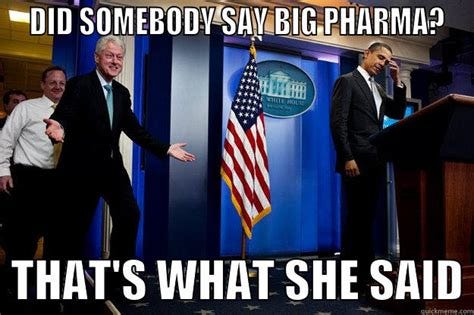
The Bigger Picture: A Loss of Bodily Autonomy
The 21st Century Cures Act has fundamentally reshaped the relationship between individuals and the healthcare system. By prioritizing speed and innovation over safety and ethics, the Act has:
Weakened Consumer Protections: Patients are now more likely to be exposed to therapies with incomplete safety data.
Privatized Public Health: Public health initiatives are increasingly driven by private profits, not public good.
Eroded Bodily Autonomy: The Act’s framework enables the deployment of experimental technologies without adequate consent or oversight, leaving individuals with little control over what happens to their bodies.
The COVID-19 pandemic demonstrated how quickly these mechanisms can be activated to impose medical interventions on a global scale. From vaccine mandates to digital health passports, the line between public health and government control has blurred beyond recognition.
A Trojan Horse for Control
The 21st Century Cures Act was sold as a leap forward for medical innovation, but its true legacy is one of deregulation, privatization, and overreach. By empowering government agencies like the DoD and BARDA to partner with private investors, the Act has created a healthcare-industrial complex that prioritizes profits and control over safety and individual freedoms. Programs like DRIVe exploit the Act’s flexibilities to accelerate technologies that may ultimately serve surveillance and control agendas under the guise of health security.
The COVID-19 pandemic was neither an unanticipated natural catastrophe nor the result of a bioweapon release—concepts akin to chasing mythical unicorns. Instead, it reflects deliberate actions and systemic frameworks implemented under the guise of public health, enabling unprecedented measures that redefined governance, public compliance, and individual rights. It was a deliberate event engineered to consolidate power, control populations, and fast-track technologies that otherwise faced insurmountable regulatory hurdles. Far from grappling with a sudden crisis, the entities involved systematically designed the pandemic as a vehicle to undermine bodily autonomy, restrict freedoms, and implement unchecked medical experimentation on a global scale.
As we grapple with the aftermath of the “pandemic” shenanigans and the rise of mRNA therapeutics, it’s clear that the 21st Century Cures Act has fundamentally changed the healthcare landscape—and not for the better. The question remains: how much more freedom will we lose in the name of "innovation" and "security"?














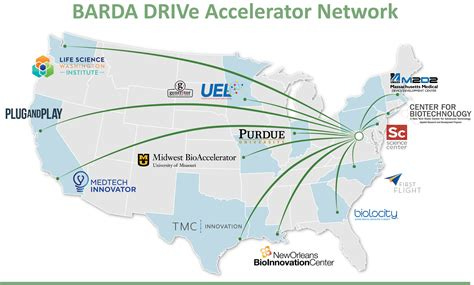

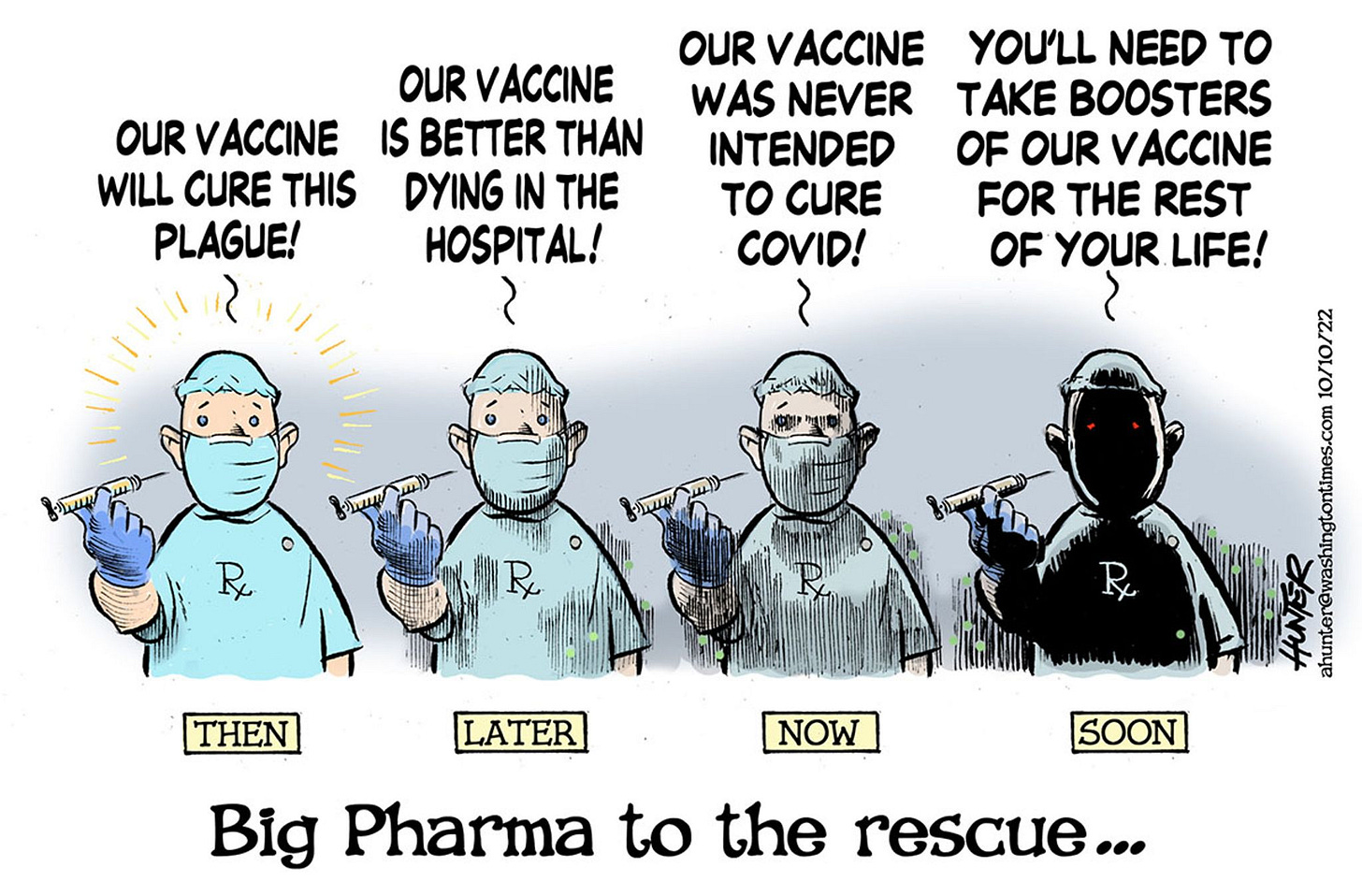
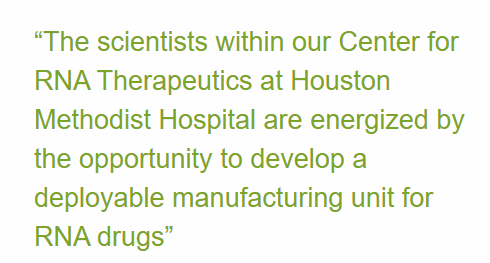
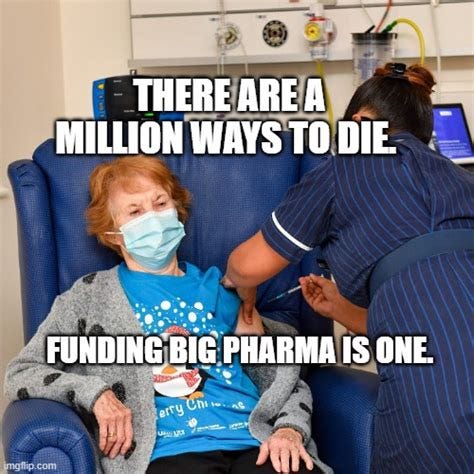
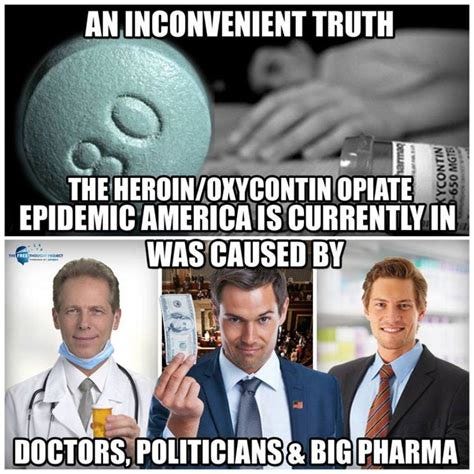





Boy the United States Government sure does love us and want to make us healthy!
They love the world, actually.
They love sending Magic Merck Sauce to a bunch of poor nations and mRNA to the whole danged world.
Sometimes in the halls of the US State and the Pentagon and Langley, these empaths can be seen weeping for the sick people.
Excellent article- this is brilliant:
"The COVID-19 pandemic was neither an unanticipated natural catastrophe nor the result of a bioweapon release—concepts akin to chasing mythical unicorns. Instead, it reflects deliberate actions and systemic frameworks implemented under the guise of public health, enabling unprecedented measures that redefined governance, public compliance, and individual rights. It was a deliberate event engineered to consolidate power, control populations, and fast-track technologies that otherwise faced insurmountable regulatory hurdles. Far from grappling with a sudden crisis, the entities involved systematically designed the pandemic as a vehicle to undermine bodily autonomy, restrict freedoms, and implement unchecked medical experimentation on a global scale."
I would add the financial component to the above as the Covid Operation:
1) Triggered massive and ongoing bailouts;
2) Wiped out multi-billions of public sector (businesses) assets that are getting gobbled up by wealthy investors;
3) Made billions for the Pharma ghouls AND the bio-security apparatus at a time when the Pharma cartel was cratering;
4) Eliminated the financial burdens of trillions in unfunded liabilities by killing off many thousands of elderly pensioners and disabled who rely on government care;
5) Created and validated an entirely new medical treatment system, mRNA platforms, that will be used for all sorts of diseases- at a time when Pharma is facing a series of massive patent cliffs.
Etc....